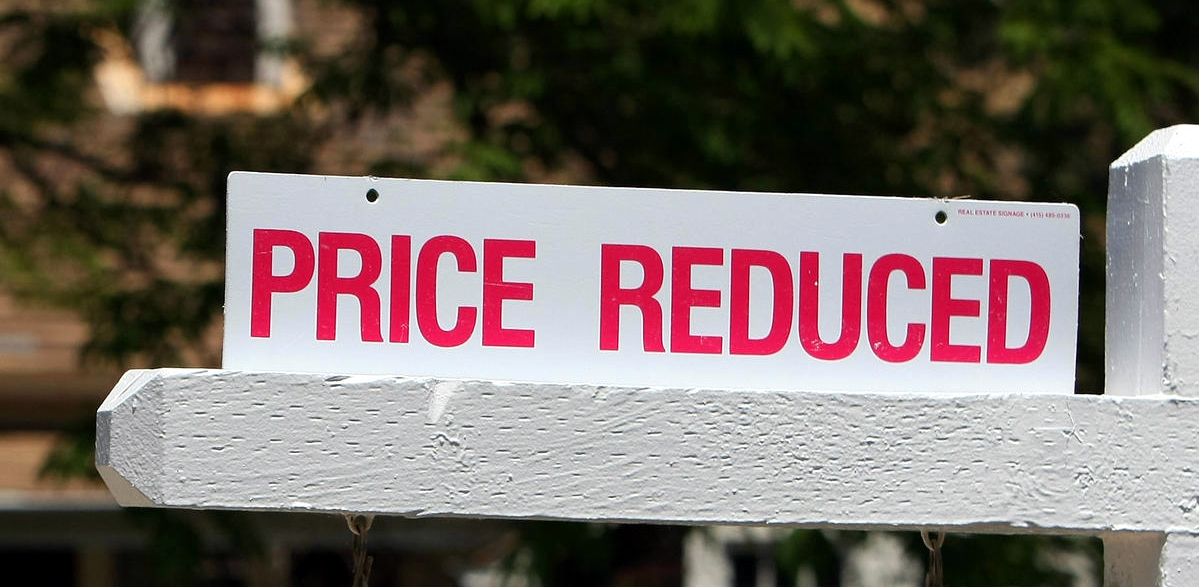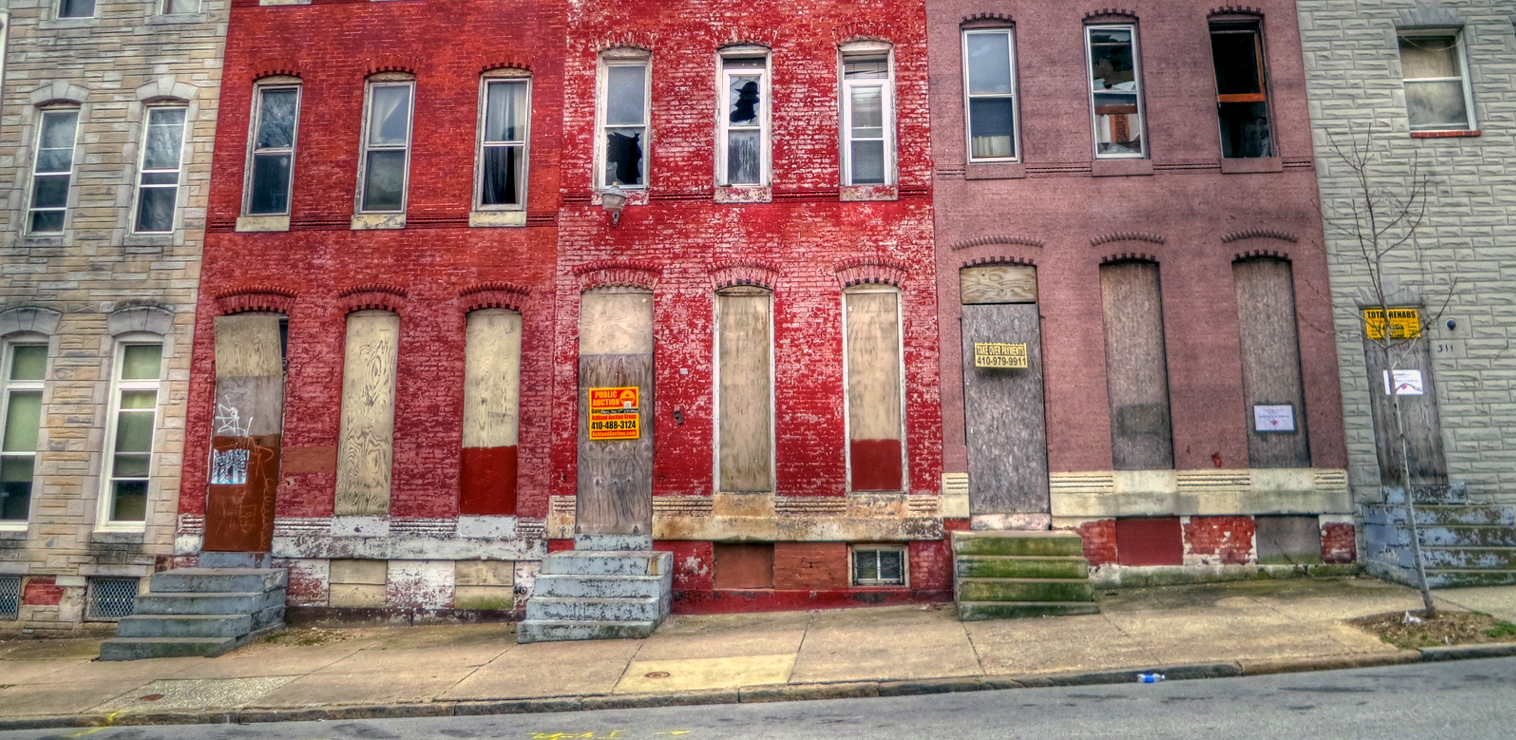
Watching out for the next housing bubble
Today’s CoreLogic June MarketPulse report unveiled that the home price adjustment process is moving much more quickly in the current cycle than in other historical housing cycles, and that the rebound in home prices, while rapid in some markets, is likely to be short lived.
Like many economists, CoreLogic is pondering whether or not we’re approaching the next housing bubble and while they are not the first to have used the “bubble” word, they are one of the largest to do so.
CoreLogic Chief Economist, Dr. Mark Fleming said, “The continued momentum in home price growth gives us renewed optimism that the housing recovery is becoming more durable. But double-digit gains also prompt caution, particularly among those who recall the unsustainable home price increases before the last housing downturn. Are we witnessing a new housing bubble? While our recent projected CoreLogic HPI indicates continued home price gains, bolstered by still-tight supply and strong demand, we expect recent double-digit gains to moderate as markets normalize.”
So why mention a bubble if markets are projected to normalize? The ugly truth is that the housing crash was a surprise to many, even key economists, so the industry is still a dog with its tail between its legs, set on being good, so addressing the possible hiccups keeps surprises at bay. This time.
This time is different
CoreLogic also asserts that this time is different, not because the industry was kicked in the gut in 2008, but because price recovery today is much higher than in previous cycles.
Deputy Chief Economist Sam Khater explains that the most recent cycle is different from this past cycle in magnitude and speed of the adjustment process. Real home prices increased 62 percent in the three years leading to the peak and then declined 47 percent in the three years following the peak, or by about three-quarters, which is much larger than historical declines even after adjusting for differences in the pre-peak rise in prices.
“Prior cycles had more downside stickiness and slower price appreciation over a longer period of time,” Khater reports. “After the economy and the real estate market recovered, prices remained elevated above what fundamentals otherwise dictated. Prices remained stuck above what was fundamentally supported until, over time, the fundamental price rose to meet the market price. In the current cycle, the combination of a faster adjustment process and very low rates caused a rapidd upturn in national prices in late 2011 and early 2012.”
Tara Steele is the News Director at The American Genius, covering entrepreneur, real estate, technology news and everything in between. If you'd like to reach Tara with a question, comment, press release or hot news tip, simply click the link below.








































